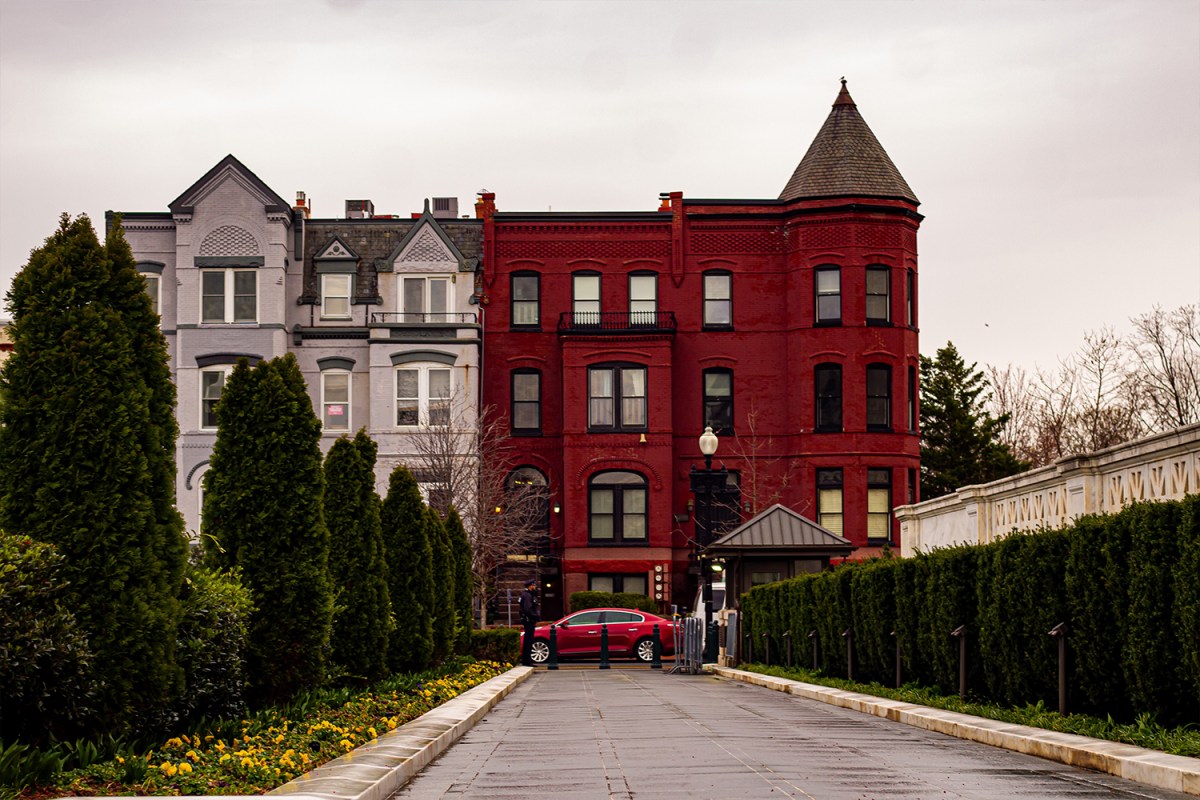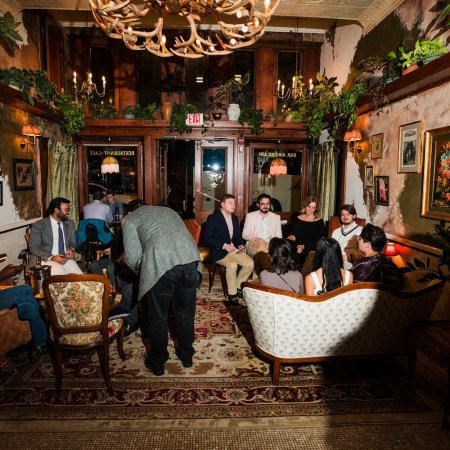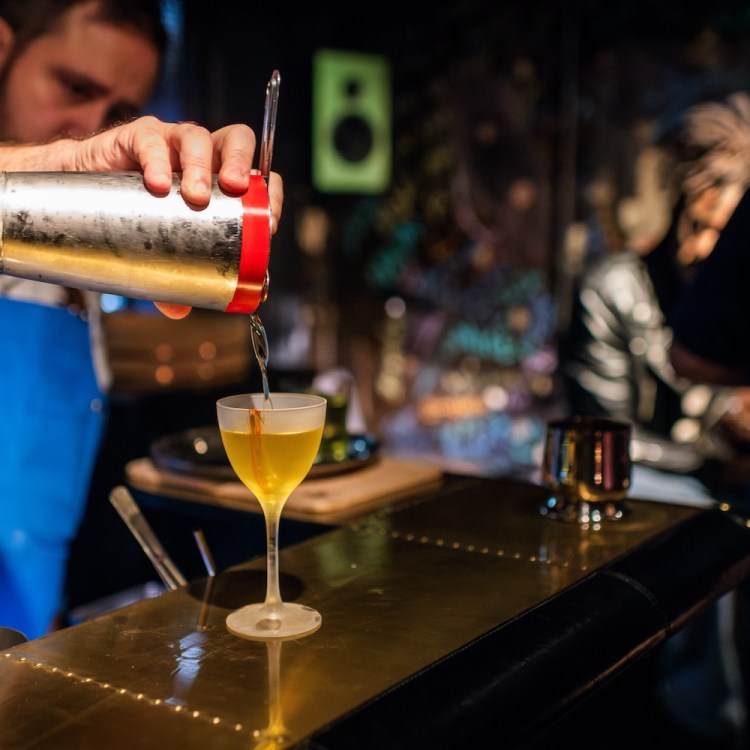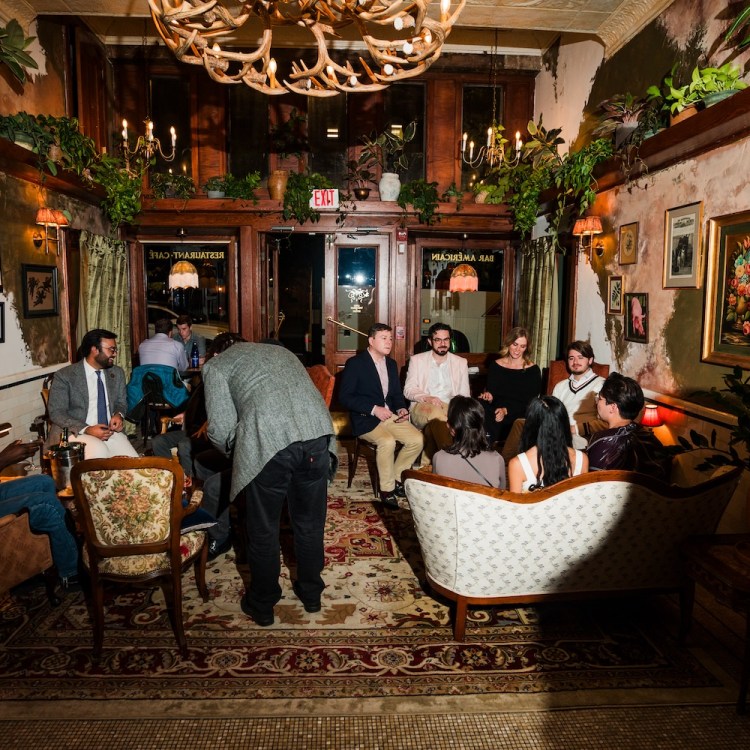It goes without saying that Americans have been spending a lot of time at home over the past year. By a lot of time, we mean like, all of it: working from our home offices, hopping on exercise bikes when we’re feeling motivated, dipping into our bar cart’s private stock when we’re not.
It should come as no surprise, then, to learn that practically the only market to flourish in 2020 was that of residential real estate. Sure, it experienced a brief retrenching at the beginning of the pandemic, but after that, home sales began to soar. City apartment renters and elder millennials throughout the country decided it was a better time than any to make that important leap in upgrading their living situations to something more spacious and permanent, and home prices went through the roof.
Young adults provided the most significant boost to home sales last year, with millennials making up the largest share of home buyers at a whopping 38 percent. And while some may argue that this shift of a major generation from the rental market into their own homes could spell bad news for cities, experts actually say this has been DC’s time to shine.
In fact, home-buying site Zillow predicts that “although dense, urban living got a bad rap” last year because of the pandemic, “city living will almost certainly enjoy a renaissance in 2021.”
“Listen, to use an industry term, the time right now is silly it’s so good for sellers [in Washington, DC],” says Mike Aubrey, a senior vice president and Realtor affiliated with Compass, and a Principal of The AUBREY | KOSEIAN Group. “Since we’ve been counting inventory on property and inventory of available property, which in its current derivation is probably somewhere in the last 35 years or so, we have never been at a lower inventory in DC, or nationally. So this is macro and micro all the way across the board.”
Aubrey tells InsideHook that this means, simply put, that the demand for homes in the District is far greater than its available supply. Add that fact to the lowest mortgage rates that he’s ever seen and you essentially have a feeding frenzy for properties right now. “To be a seller in this marketplace right now,” Aubrey says, “is absolutely phenomenal and lopsided.”
Below, Aubrey talks us through the current landscape, from the city’s next “it” neighborhood to when, exactly, potential sellers should be looking to pull the trigger.
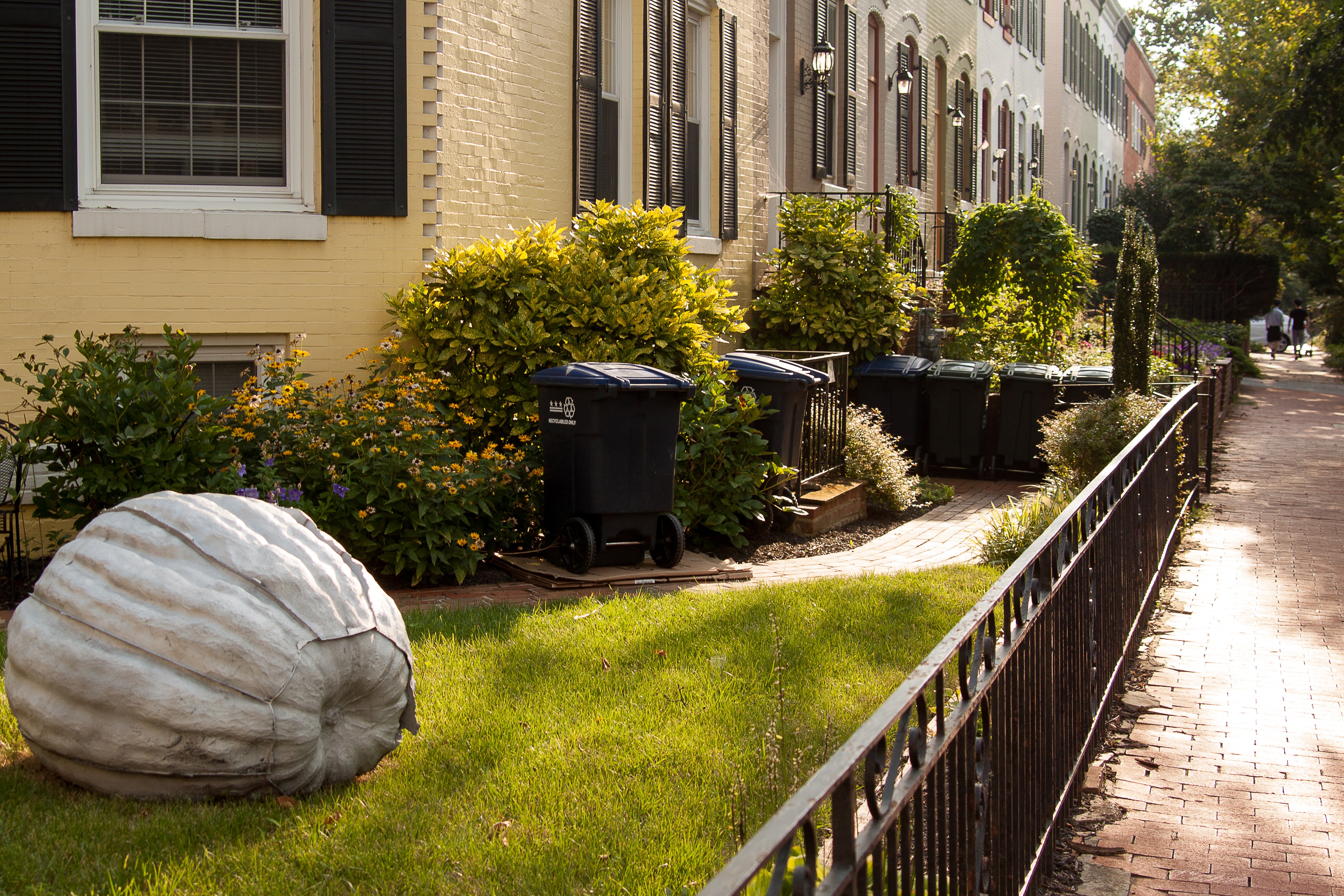
Let Me Upgrade You
For current DC homeowners or those thinking of flipping a property for a profit, the time truly seems to be now. Many experts are predicting another strong housing market in 2021, with an increase in demand from both A) buyers who delayed purchasing homes because of the pandemic and B) existing homeowners who have come to terms with the longevity of the situation, and are now in search of a larger space for themselves and their families.
Aubrey agrees, adding a reminder that we will not be reaching herd immunity until at least 70 percent of the earth’s population is vaccinated. Regardless of how long this tedious process might take, the effects of the pandemic are sure to be felt for years to come.
“I think that the pandemic has changed every aspect of our life, and it has changed the way, certainly, that we are going to live in homes, and the way that we’re going to buy homes,” he says. “There’s always going to be some specter of ‘What’s the next pandemic?’ and ‘How do I add features to my home that are going to either a make it better for me to live in, or quarantine it, or really be a moneymaker when it comes to the sale of that property?’ I think that’s going to be the lasting legacy of COVID-19 on real estate.”
Aubrey tells us that the kind of properties he saw fly last year were those that provided eager buyers with the amenities they desired from a place they’d be spending 99 percent of their time in. A bit of charm factor never hurts, either. That’s why, he says, even the high-dollar inventory that had been sitting on the market for a year plus at the beginning of 2020 is all gone now.
“In 2020, I had more $2+ million buyers than I’ve ever had in my career. I’ve had more $5+ plus million buyers than I’ve ever had in my career. And I think that’s because there is a move to this idea of having a destination property. There’s a sliding scale, meaning that if you live in a studio, having a bedroom with a den is going to seem amazing because of the amount of time that you’re putting into your house, and I think that that goes all the way up to 1,000-square-foot properties with a pool and a pool house. Do I think that people are sort of making that push to stretch their limit in order to stretch their arms? Absolutely.”
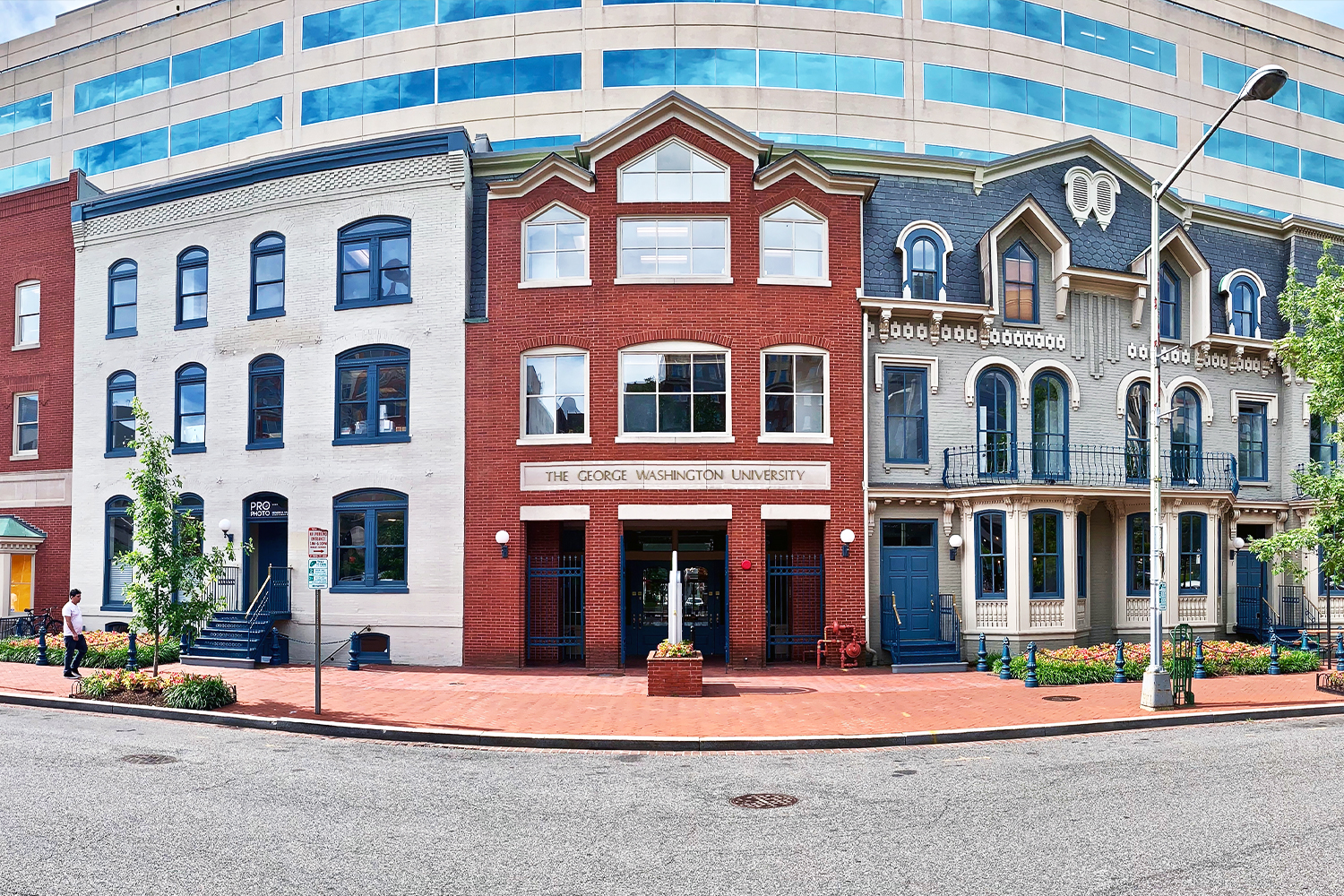
Neighborhood Watch
Washingtonians looking to purchase property in the city already know where to go to find homes at an already-steep price: Dupont, Logan Circle, West End, Georgetown. These are areas where you’re going to pay a heavy toll to live where parks, restaurants and cafes are abundant, and are also relatively safe bets to compound their value. But buyers looking for a bargain or willing to place bets on up-and-coming neighborhoods should, according to Aubrey, start looking northeast. He places his bets on areas that have not fully undergone gentrification — a sticky topic for all buyers and renters in a city on the rise.
Yes, any potential buyer looking to move into a neighborhood traditionally occupied by lower-income communities and communities of color should do their research and their due diligence on how to gentrify without the unintended effects of displacing the existing community, as it is a common misconception that the two must go hand-in-hand.
A prime example illustrated by The Washington Post is the ongoing gentrification of Petworth, where in 2000 about 85 percent of the 3,500 residents were Black Americans, and homeownership was about 80 percent at the time. Nearly 20 years later, the homeownership rate is at 85 percent, with around 63 percent Black residents, and Hispanic and white populations on the rise. While this clearly showed a cultural shift in the area, home values increased from an average of $167,000 to $367,000 with a continued upward trend, meaning that many of those people were able to sell their homes for much more than they originally paid. “Involuntary displacement is always a bad thing, but wealth-building for longtime residents is good,” the Post asserted.
With these facts in mind, Aubrey described his love for areas like Kingman Park, Trinidad and Edgewood — all areas with low home prices and high potential. For those looking for single-family homes at a price that won’t break the bank, the realtor favors the neighborhood of Brookland, where space is still abundant and the art and restaurant scene is on the rise.
DC Needs Your Homes
In its annual report, Zillow forecasted a nearly 30-percent annual growth in home sales for a total of almost 6.9 million homes sold for the year 2021, the biggest annual sales growth since 1983. “Home price appreciation will reach its fastest pace since the Great Recession,” they wrote, “as the inventory crunch continues to pit buyers against each other, competing for a scarce number of homes for sale.”
The home-buying site predicts that those looking to sell their homes this year will almost certainly sell at their target price if not higher, and realtors in D.C. are begging for the inventory. “Let’s be clear, we have no inventory right now. I mean it’s awful,” says Aubrey. “We need more houses seasonally.”
This article was featured in the InsideHook DC newsletter. Sign up now for more from the Beltway.
